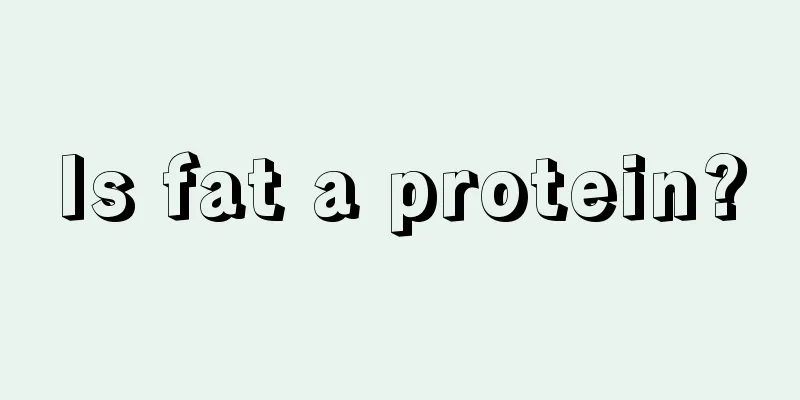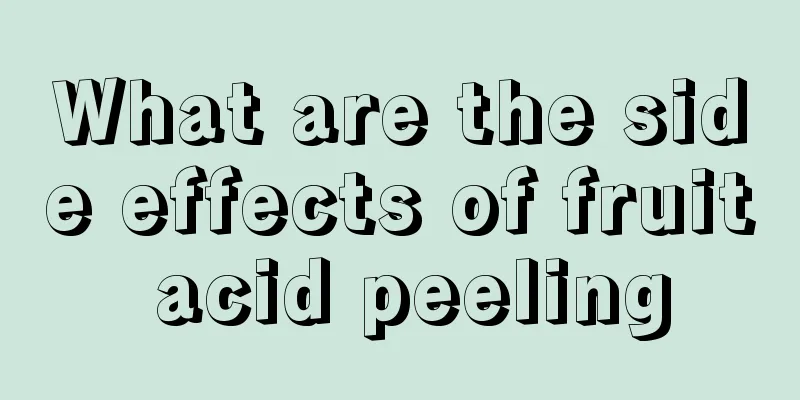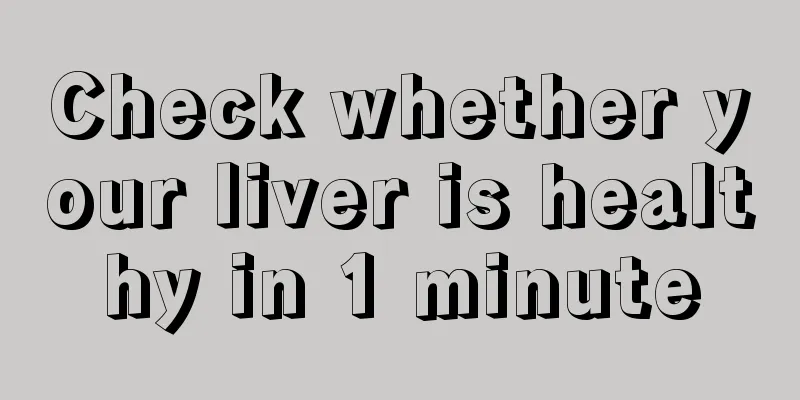Is fat a protein?

|
Fat is a tissue that stores energy. There is a large amount of fat inside the human body, and the amount of fat is the tissue that changes the most in the body. Some people are fatter because the fat tissue accounts for a larger proportion in their body, while some people are thin because the fat tissue accounts for a very small proportion in their body. Obesity caused by fat has a very adverse impact on health. Let’s take a look at whether fat is protein? 1. Different constituent elements. Protein is composed of C (carbon), H (hydrogen), O (oxygen), and N (nitrogen). Generally, protein may also contain P (phosphorus), S (sulfur), Fe (iron), Zn (zinc), Cu (copper), B (boron), Mn (manganese), I (iodine), Mo (molybdenum), etc. Fats are composed of C (carbon), H (hydrogen), and O (oxygen). 2. Different physiological functions. The physiological functions of protein include: constructing the human body, structural substances, carrier transportation, antibody immunity, hormone regulation, enzyme catalysis, and energy substance. The physiological functions of fat include: storing energy, keeping the body warm, and acting as a buffer during collisions. 3. Food sources are different. Protein food sources: milk, eggs, fish, lean meat, bean products, etc. Fat food sources: Foods such as lard, butter, egg yolk, peanut oil, sesame, beans and nuts contain more fat. Note: Protein is an essential nutrient for the human body, and we need to pay attention to the intake of high-protein foods in daily life. High-protein foods include animal proteins such as milk, meat, poultry, eggs, fish, and shrimp; another type is plant protein such as beans such as soybeans, lima beans, and black beans, and dried fruits such as sesame seeds, melon seeds, walnuts, almonds, and pine nuts. Because the types and proportions of amino acids contained in animal protein are more in line with human needs, animal protein has higher nutritional value than plant protein. High-fat foods refer to foods that are high in fat. Specifically, the components of oil are various saturated and unsaturated fatty acids, such as high-oil and fried foods, walnuts, sesame seeds, peanuts in plants, fried foods, fat, animal offal, cream products, etc. Long-term consumption of high-fat "junk food" may induce a variety of chronic diseases. If you want to control excessive fat in your body, you can use some foods that have a lipid-lowering effect to "eat" the fat in your body. |
>>: Protein interaction methods
Recommend
How does TCM treat advanced lung cancer? Introduction to TCM treatment methods for advanced lung cancer
Everyone knows that early treatment of lung disea...
The refrigerator doesn't cool
Refrigerators are indispensable in any season, es...
What are the complications of aortic dissection?
During the treatment of aortic dissection, patien...
Are there preservatives in canned food?
Canned food is a very delicious food. Many people...
Introduction to several important methods for treating melanoma
Melanoma is a relatively serious surgical disease...
4 types of subtotal laryngectomy
Subtotal laryngectomy is a laryngeal function pre...
Can cystitis cause bladder cancer?
If cystitis is not treated in time, it will lead ...
What's wrong with my lower back pain and nausea?
There are many reasons for low back pain, general...
What are the toxic components of endotoxin
Endotoxins have many toxic components, mainly inc...
What are the methods to exercise thinking ability
Critical thinking. It is manifested in considerin...
How long can you live with vomiting due to liver cancer
In the late stage of liver cancer, due to the dec...
What does high-risk positive mean
High-risk positive means that the patient is foun...
What are the more obvious symptoms of early lung cancer? Four common symptoms of early lung cancer. Things to know
Everyone knows about lung cancer in life, because...
Does painted furniture contain formaldehyde?
Many friends are very concerned about whether the...
What are the dangers of bile duct cancer
As for bile duct cancer, you may have known that ...









